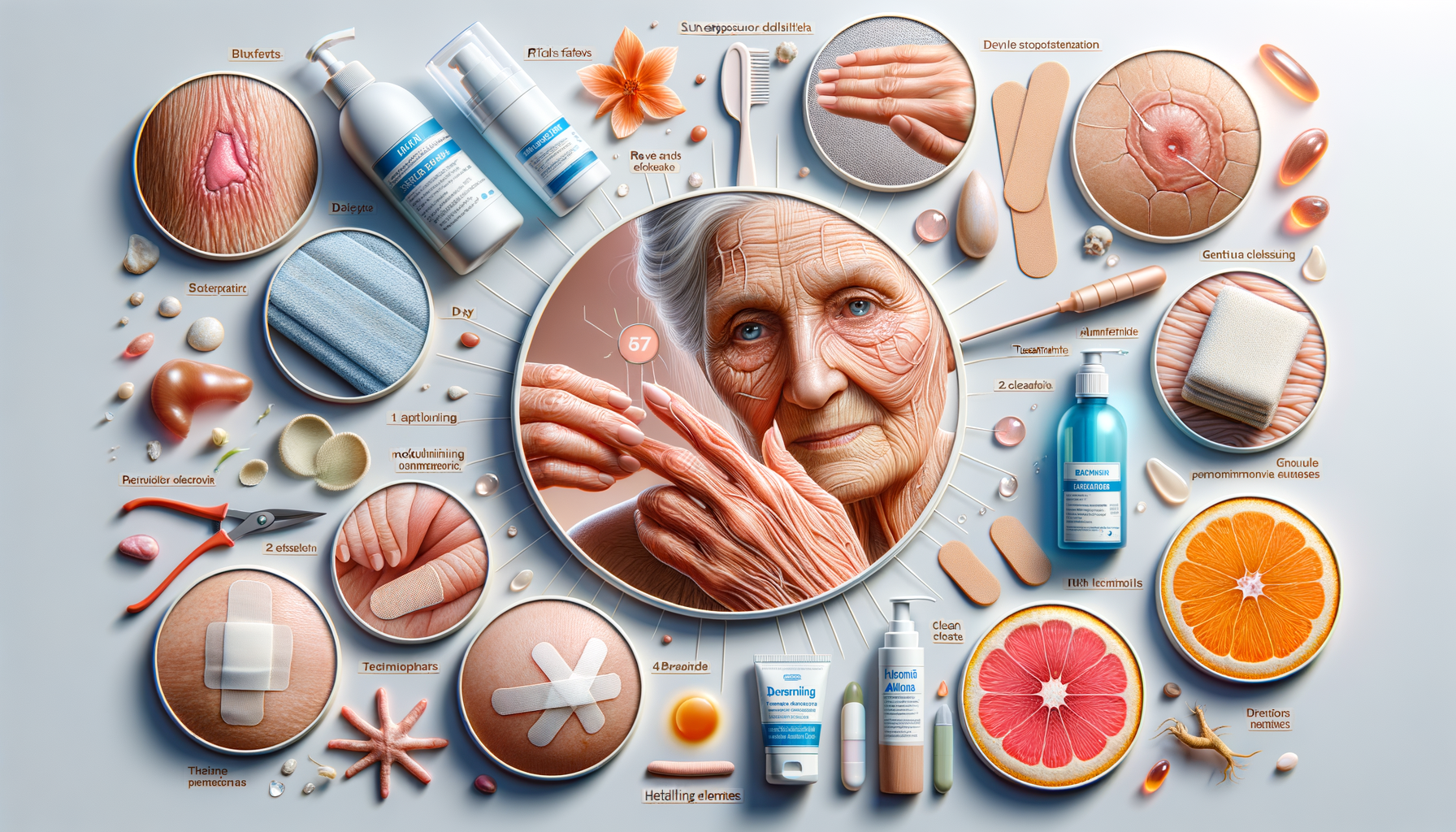What to Know About Treating Skin Tears in Thin Elderly Skin
How can the delicate skin of older individuals be best cared for when faced with injuries? Understanding the particular vulnerabilities of this skin type is key to providing appropriate attention. Attention to certain factors can aid in the healing process.

Who is at Risk of Skin Tears
The fragility of the skin increases with age, making older adults particularly susceptible to skin tears. These injuries occur when the outer layer of the skin separates from the underlying tissue, often due to minor trauma. Several factors contribute to this increased risk in the elderly population:
- Thinning Skin: As we age, the skin loses its thickness and elasticity, which makes it more prone to tearing.
- Dryness: Reduced oil production in older adults can lead to dry skin, increasing the likelihood of tears.
- Mobility Issues: Older individuals with limited mobility may experience more frequent bumps and scrapes.
- Medications: Certain medications, such as blood thinners, can exacerbate the risk of skin injuries.
While the elderly are most at risk, other groups may also be vulnerable. Those with certain medical conditions, such as diabetes or peripheral vascular disease, may experience compromised skin integrity. Additionally, individuals with a history of skin tears are more likely to experience them again. Understanding these risk factors is crucial for prevention and effective management.
How to Prevent Skin Tears
Preventing skin tears involves a combination of protective measures and lifestyle adjustments. Here are some strategies to consider:
- Moisturize Regularly: Keeping the skin well-hydrated with suitable creams or lotions can help maintain its elasticity and reduce the risk of tears.
- Protective Clothing: Wearing long sleeves and pants can provide a barrier against potential sources of injury.
- Environmental Adjustments: Ensuring the living environment is free from sharp edges and clutter can prevent accidental injuries.
- Careful Handling: When assisting older individuals, use gentle techniques to avoid pulling or stretching the skin.
Incorporating these practices into daily routines can significantly reduce the incidence of skin tears. Regular skin checks are also advisable to catch any potential issues early. By fostering a proactive approach, it is possible to maintain skin health and prevent injuries.
How to Treat a Skin Tear
Despite best efforts, skin tears can still occur, and knowing how to treat them is essential. Here’s a step-by-step guide to managing a skin tear:
- Clean the Wound: Gently clean the tear with saline or clean water to remove any debris and reduce the risk of infection.
- Reposition the Skin: If possible, gently realign the skin flap over the wound. This can aid in healing and minimize scarring.
- Apply a Dressing: Use a non-adhesive dressing to cover the wound. Avoid tapes that can further damage the skin.
- Monitor for Infection: Keep an eye on the wound for signs of infection, such as redness, swelling, or discharge.
Prompt and proper treatment can facilitate healing and reduce complications. Consulting healthcare professionals for severe tears or if signs of infection appear is advisable. Through careful management, skin tears can heal effectively, minimizing discomfort and promoting recovery.